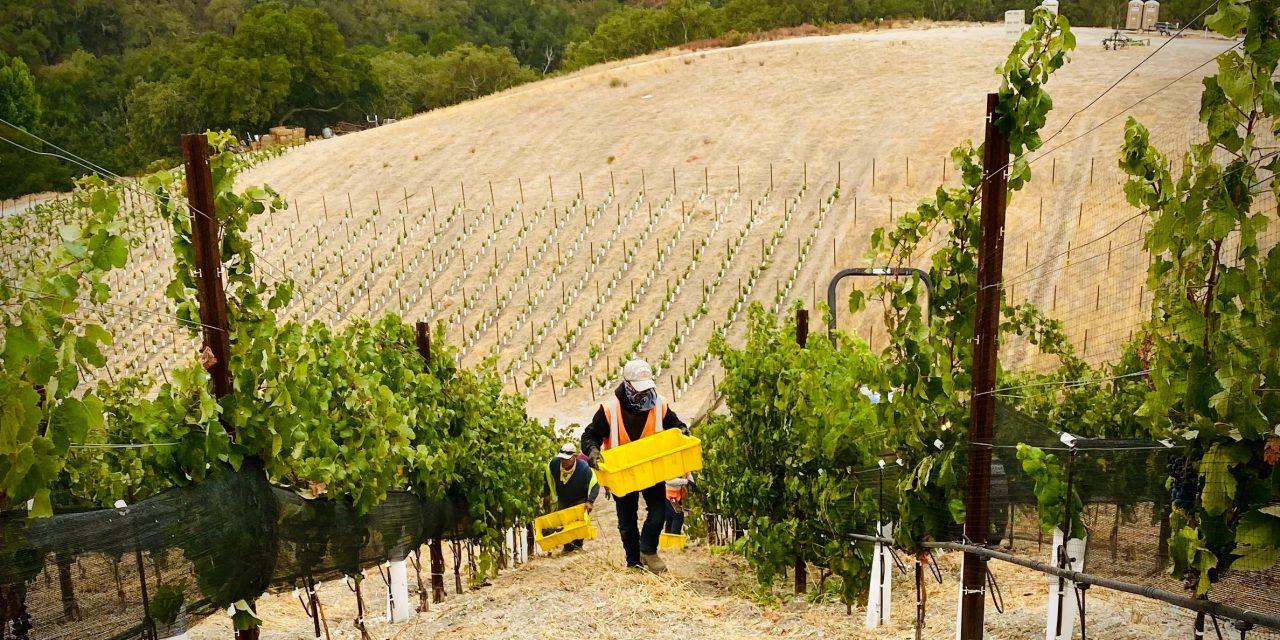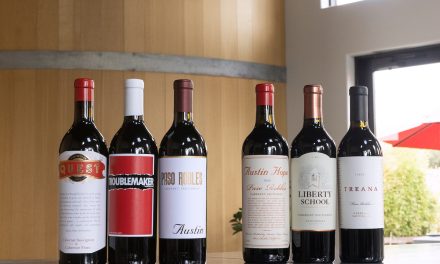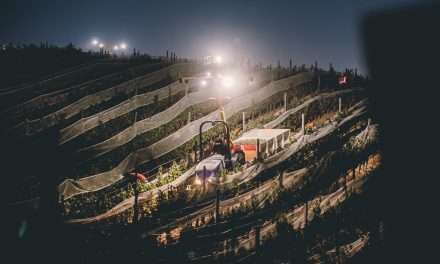
Harvest is in full swing as I approach my deadline. Euphoria, hope and joy bloom in the fall air. Yet across the boards, as vintners extoll a certain-to-be fine-drinking vintage, an edge creeps into their harvest reports as they acknowledge climate change, labor shortages and a vintage that many describe as “challenging.”
On the joy side, however, the level of jubilation can be measured in the first crop experienced by Anita and Varinder Sahi, owners of Copia Vineyards in the Willow Creek District.
“It’s truly like going through pregnancy,” said Anita with amusement. “And then having your first fruit is like a first child — a culmination of hope and passion and new beginnings. It’s exciting to see what the fruits of the labor will be — literally.”
By the end of September, a ton of grenache and half a ton of syrah had been picked. “The fruit came out almost perfect,” enthused Varinder.
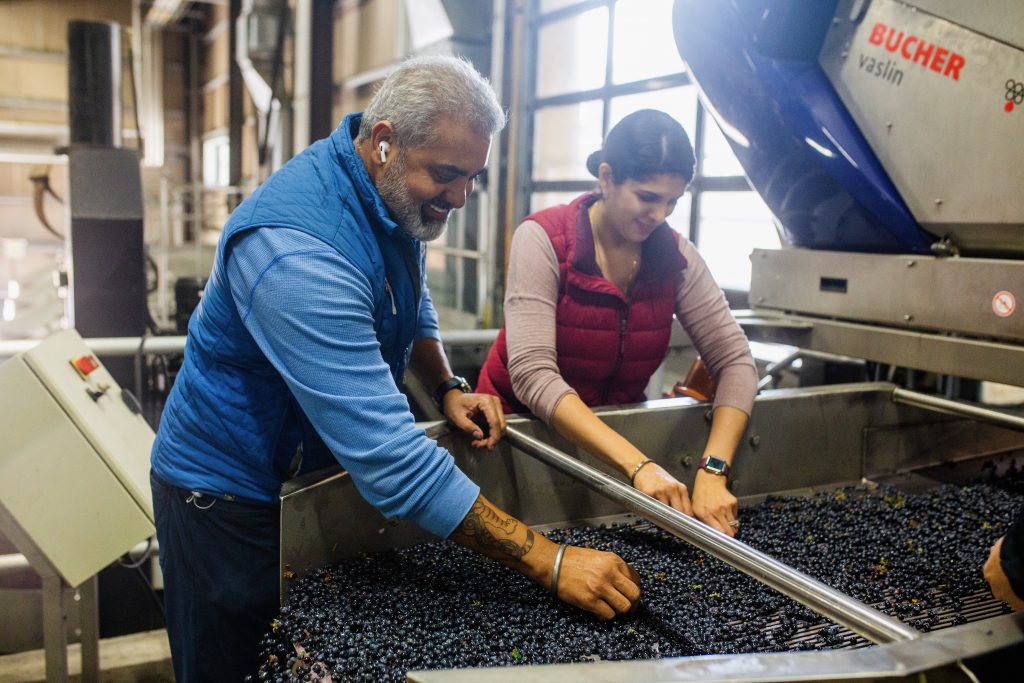
Photo: courtesy Copia Vineyards
Copia’s 20-acre vineyard was planted in 2019 mostly to Rhône varieties and some Cabernet Sauvignon. “The vineyard is designed to be a winemaker’s dream,” Varinder commented on the 24 micro blocks, densely planted to different clones and drought-resistant rootstocks, the diversity being a factor in blending. “Paso is known for blends — the more lots you have, the more blends you can experiment with.”
Yet this type of hands-on farming is labor-intensive and that has been among the challenges for the Sahis. As for the drought, the five moisture sensors and the weather station keep vigil in the vineyards. “One of the goals of moisture sensors is to be sustainable and not overwater,” Anita noted.
Copia’s first harvest will yield no more than 14 tons with the balance of fruit sourced from Santa Barbara County to make up the production of 2,000 cases. “The goal is to be 100 percent estate,” Varinder said.
Daniel Daou, co-proprietor of Daou Family Estates, admitted this has “definitely been a challenging harvest,” The winemaker of Daou wines took time out from his harvest to meet with me at Daou Mountain hospitality center. He cited several obstacles presented by Harvest 2021 including a cold wave that cast some shatter and affected the berry size.
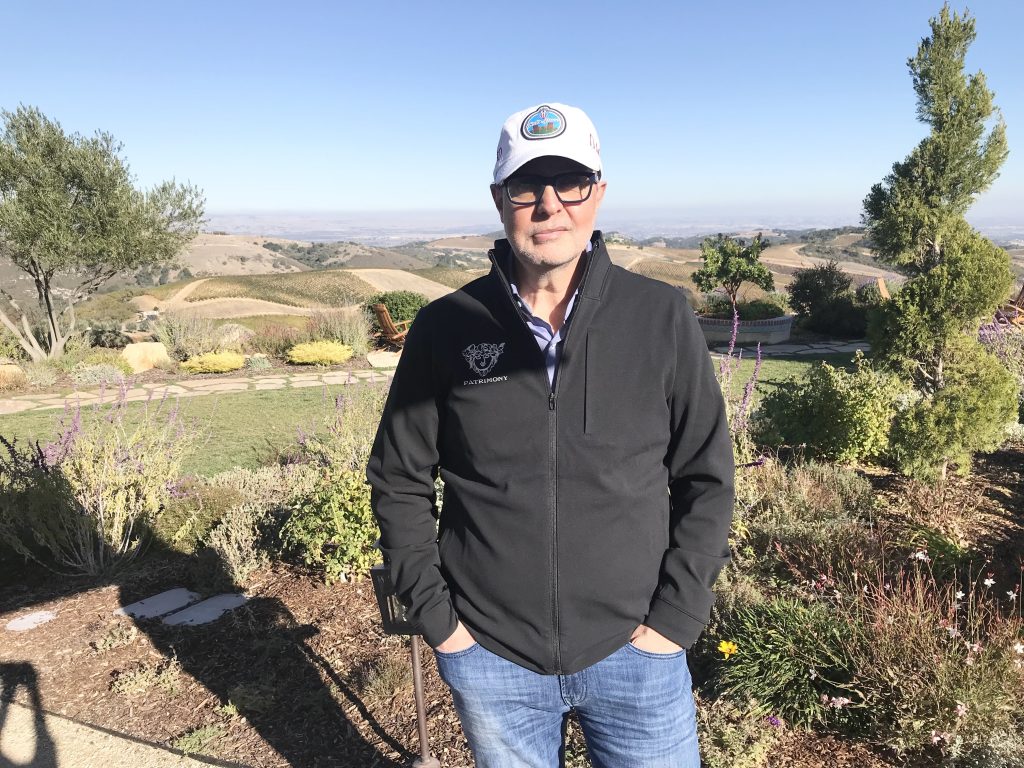
Photo: Mira Honeycutt
“I’m noticing the smallest size berries I’ve ever seen and tannin levels elevated,” Daou noted. But the most challenging aspect of this year’s harvest is the high phenolics.
“I measure phenolics; a lot of people don’t,” said Daou. “It’s impossible to taste wine while being fermented and decide if the wine is balanced or not.”
To tame the tannin levels, Daou, over the years, has learned to trust his palate. “I use my palate’s profile to track phenolics during fermentation to balance out the wine while it is being created. It’s different from the traditional blending after the wine is done.”
Challenges notwithstanding, Daou was able to tame the tannins and after doing some barrel tasting, he commented in an email update: “Wow, I’m ready to say that these will be outstanding wines.”
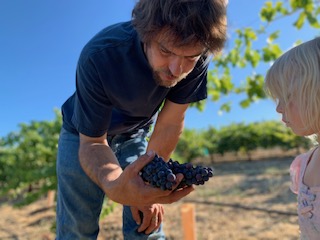
Photo: courtesy Dubost Winery
For Zachary Raines, the winemaker at Dubost Winery, the drought has affected the harvest in many ways. “I definitely see high levels of phenolics coinciding with the drought.” Thus, Raines keeps a constant check on managing tannins. “I’m checking the Brix level two to three times a day; it’s a one-man show.”
The growing season has been good and the weather cooperative, but drought has affected dry-farmed vineyards like Dubost. “With two light years in a row, the crop levels have been low,” noted Raines, citing a 30 to 50 percent reduction in crops.
Yet with infrastructure in place, Raines hasn’t had to irrigate since 2016. “I’ve adjusted my farming practices to coincide with a non-irrigated vineyard.” There are benefits and drawbacks, but Raines has fine-tuned his approach. “The fruit hangs less long and gets ripe quicker. In these years we make sure our crop levels are low so the vine uses less energy.”
While extended drought is not sustainable, Raines preferred to conclude on a positive note. “There’s no cause for alarm,” he insisted. “We are dealing with Mother Nature, cruising along, and we adapt.”
In the bigger scheme of things, adapting could mean experimenting with different varieties. “We are sourcing touriga nacional now and see it as future variety,” Raines remarked about the increasingly popular Portuguese variety. There could also be a possibility of a cross-hybrid with the grape, speculated Raines. “Let’s see where the future takes us.”
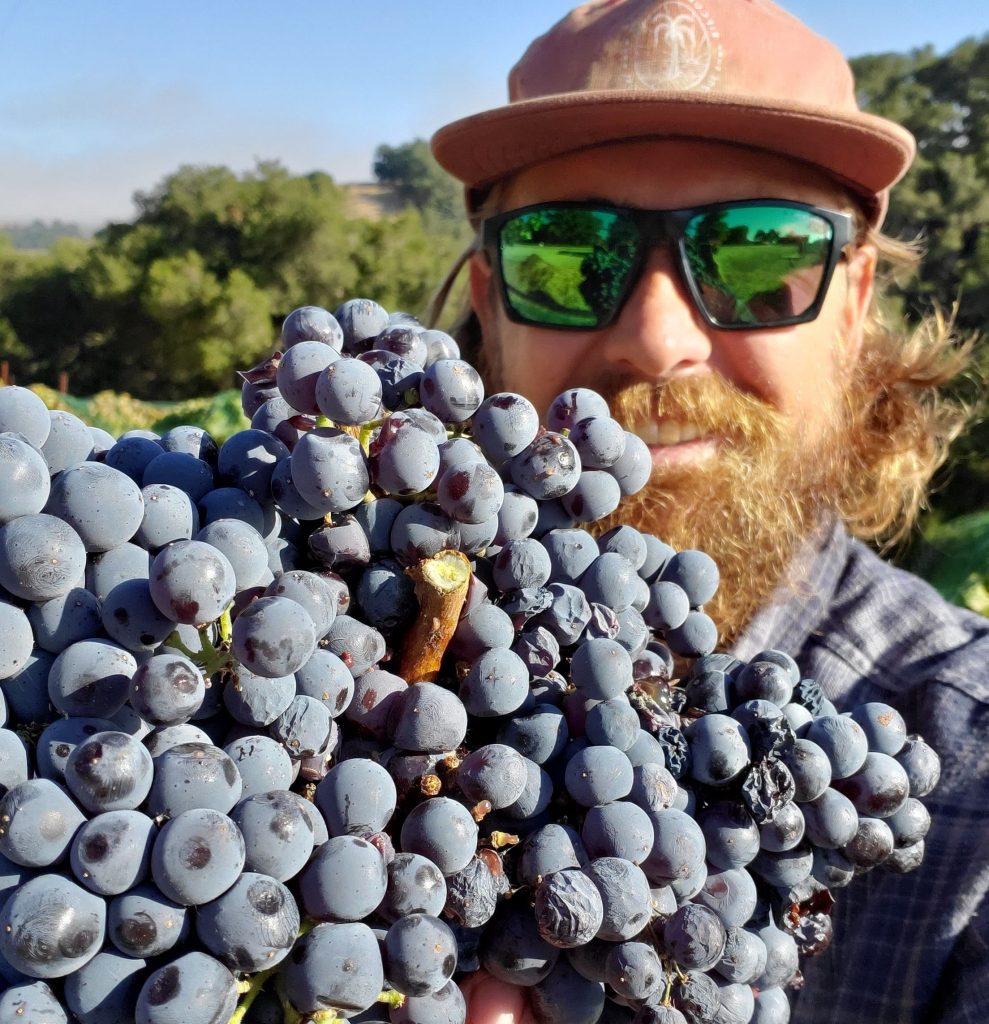
Photo courtesy: Ambyth
Adapting is what Ambyth, a biodynamic estate in Templeton, is also experiencing in 2021. Although the vines were healthy, the .8 inches of rain resulted in poor yields, explained winemaker Gelert Hart in an email exchange. “Poor yields as in less than 1/2 ton per acre all varieties.”
“But, of course, the quality of the fruit is intense and amazing. It will be a good year for wine,” said Hart. “The pH is not super low on most varieties which is good for us with how mineral and acidic our soil is.”
For Steve Viera, farming is continually changing and evolving. “Now it’s accelerated with the cost of farming and availability of labor,” said the vineyard manager at Derby Wine Estate. However, the labor shortage hasn’t affected Derby’s eastside and westside vineyards yet but could be an issue at the end of harvest in October.

Photo: courtesy Derby Wine Estate
“So far it’s been an excellent year,” Viera commented with 30 percent of harvest underway. He is pleased with the harvest of younger vines, however, older vines not yet harvested could be impacted by these issues.
It’s been a busy harvest for Jason Yeager, who launched Scotlynn Vineyards management company this year. “So far, overall, it’s on the light side as far as tonnage goes,” said Yeager, who is handling some 20 clients, farming over 270 acres and dedicated exclusively to night harvesting. The wind during bloom season resulted in small berries, which he noted should be of good quality. “Wines this vintage could be more age-worthy because of higher acids.”
At Booker Vineyard, winemaker Pete Turrone called 2021 a strange year. “We’ve had a drought, springtime was cool and windy and there were fewer heat spikes,” said Turrone when I met him at Booker’s uber-contemporary winery. But overall quality has been great, especially syrah. “We like to make a big bold syrah, so high levels of tannins and color will make a luxurious syrah.”
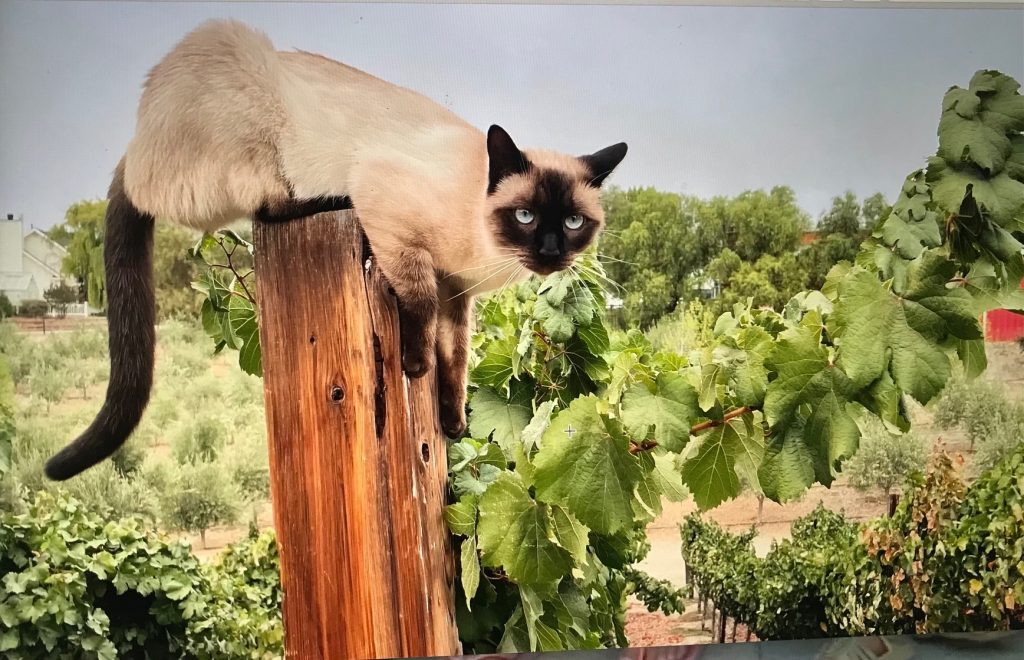
“This year, we are being water-wise and practicing deficit irrigation with the help of moisture probes,” Turrone observed about the 65-acre Rhône-focused vineyard which received its organic certification this year.
Damian Grindley has consciously moved away from early picking, he said when I met him mid-September at his Brecon Estate. “The heat thing is a non-issue if you have late varieties and you’re far west,” he said of his Adelaida District vineyard, where he will pick syrah and mourvedre in late October. “I’m going for a long hang time and avoiding heat and acidity.”
Laura Kramer echoed the sentiment. “The longer it hangs the better it’s going to be,” said the winemaker of Kramer Estate Wine in a phone conversation. As she spoke she was standing in her living room overlooking her five-acre hilltop vineyard in San Miguel, awaiting harvest. For her, the joys and the challenges of 2021 lay ahead.

